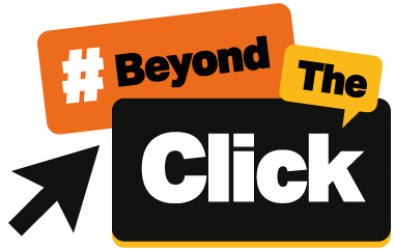7. The internet and civic action
The Digital Literacy Framework Explored (with suggested activities and resources)
- Digital activism – ability to understand the use of digital media and tools in active citizenship
- Evaluate the strengths and weaknesses of digital activism – ability to appreciate the possibilities and limitations of the internet in relation to social activism
The debate (and evidence) of digital technologies being used for good, and for harm, whether through the Cambridge Analytica use of Facebook and social media in the lead up to the 2016 US presidential elections or the power of digital petitions.
This section introduces different kinds of civic actions online and encourages participants to interrogate the possibilities and limitations of the digital actions for change in the world.
Case studies: Checking in at Standing Rock; #IllRideWithYou; #EndFGM
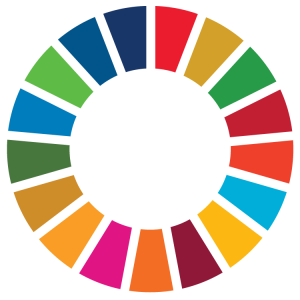
Sustainable Development Goals
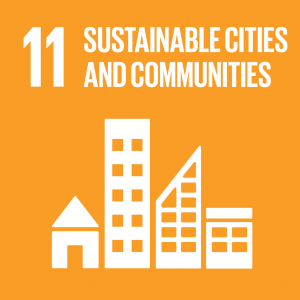
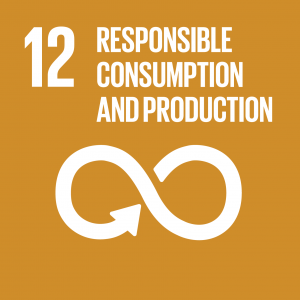

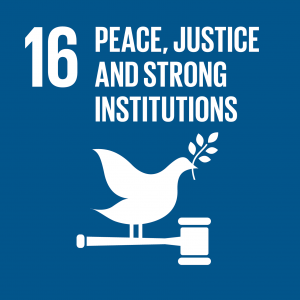
Key Questions
- How can digital technologies be used to help achieve social change?
- What are some of the strengths and weaknesses of the internet as a tool for activism?
Activity 7.1 Using the internet for social action
1. Ask the group if they have ever encountered the use of the internet for social action. Use the answers to fuel a more general discussion on what activism is and what it might mean to work on activism using digital media.
2. Invite participants to explore three case studies related to young people taking actions online: #FossilFreeTCD, #EndFGM and #OccupyHK.
Discuss the following questions:
- What are some of the ways people used the internet for activism?
- How does the internet help with their activism?
- How did the stories in this handout make you think and feel?
Now use the Strengths and Weaknesses handout to work in pairs to complete the handout, identifying at least three strengths and three weaknesses of the internet as a tool for action.
- Handout 21: Strengths and Weaknesses
Note: in feedback and discussion:
- Possible strengths include being able to reach more people, being able to work quickly, getting a lot of broad attention, working from grassroots, putting control in the hands of a younger generation and incorporating videos and images along with text.
- Possible weaknesses include the need for people to be able to access the internet in order to be involved, the fact that many kids do not have access to social media, the concept of slacktivism (using the internet for social activism can make you feel like you are doing more than you actually are), and the possibility of echo chambers (activists talk to each other but it is not always clear whether anyone is listening).
3. Ask the group to think about a local issue they are aware of or would like to see addressed. In smaller groups, ask them to develop a possible plan to deal with the issue online. Each group should create a plan for how they would use the internet to work on this cause or issue.
Activity 7.2 Exploring digital activism
1. Begin by labelling three different parts of the room Agree, Disagree and Undecided. Then initiate a discussion around the following questions:
- What is activism?
- What are different ways people can engage in activism around a social cause or world issue using technology?
- How can technology be used as a tool for activism?
2. In small groups, ask them to share their responses and then in their groups discuss which tools or uses of technology could be most powerful to make change and why?
Use 3 statements such as:
- Gender equality will never happen because men will not allow it
- Poverty in the world has always been with us and it always will
- Inequality is inevitable in the human condition
Ask the group to reflect on these statements and where they stand on them and why. Then, using each statement in turn (or others), invite them to move to the area representing their response. Once they have moved, ask them to share the supportive reasoning behind their responses, On the basis of the responses, invite anyone to change their position should they wish to as a result.
Ask the group to read the New York Times article “Millennials and the Age of Tumblr Activism” by Valeriya Safronovahem. What points struck them about it? Then ask them to discuss the possible benefits of digital activism as well as its possible limitations or negative effects? List the pros and cons noted during the discussion.
Activity 7.3 Exploring digital communities and change
1. Ask the group what they know or may have heard or read about online activism such as the Arab Spring, #BlackLivesMatter, #MeToo and organisations like UpLift.org, 350.org, 38 Degrees and have enjoyed great success by incorporating digital technologies into their activities. Try to build a list of information and ideas about such digital activism.
2. In pairs, review the 4 skills to challenge hate speech online at nohatespeech.ie/act This can be done from mobile phones, printed out, or displayed on a whiteboard, and includes 1. report hate speech; 2. challenge hate speech; 3. defend and promote human rights; 4. disagree with respect. Discuss the findings, taking a ‘temperature check’ on the ‘4 skills’ as a tool for action.
3. Divide the group into smaller groups of three to four giving each group a copy of Improving the Active Citizenship Project Through Information Communication Technology handout to review.
Next, use some of the case studies included in this toolkit to review the issue further and to prepare a short presentation of the lessons learned as regards digital activism.
Keywords
It might also be useful at some stage in the process to discuss some of the keywords associated with these issues and whether we effectively understand them.
- activism – taking of action to achieve social change
- civic action – working actively, usually in a collaborative group, to empower citizens
- Slacktivism/clicktivism – actions performed via the internet in support of a political or social cause but regarded as requiring little time or involvement

